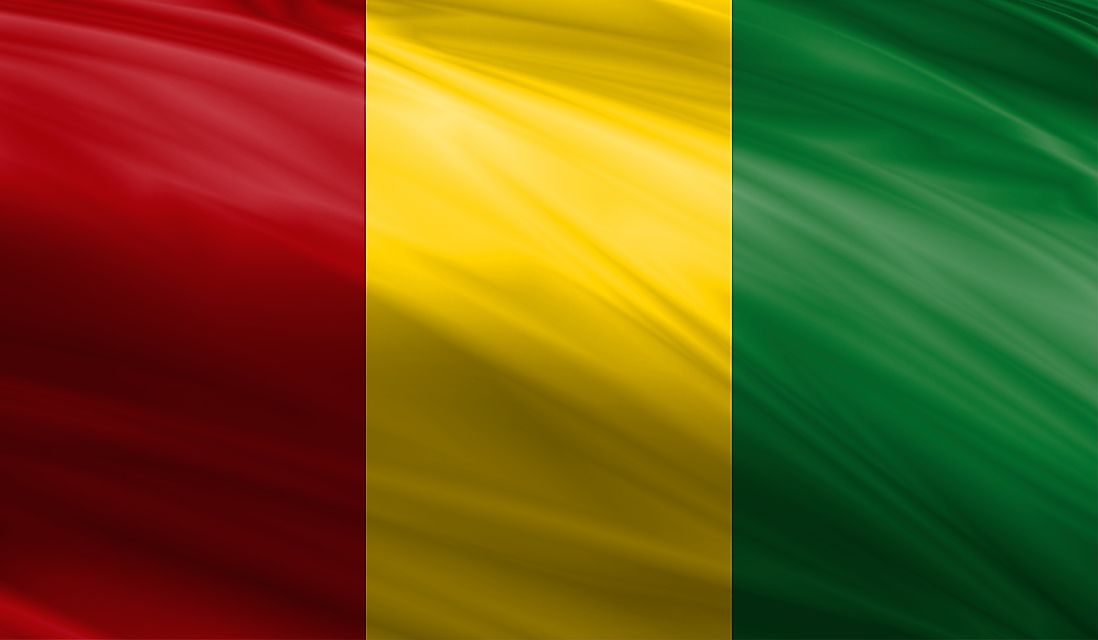What Type Of Government Does Guinea Have?

The territory that is now Guinea was once part of the various ancient West African Empires such as Ghana, Mandinka Mali, and Songhai Empires. Subsequent empires thrived in medieval Guinea after the reign of the West African Empires including Futa Jallon as well as Wassoulou Empires. It was not until the Berlin Conference that Guinea's boundaries were first defined and later modified by the French. Guinea attained sovereignty in 1958, and it has gone through four constitutions to the current one adopted in 2010. The Constitution recognizes Guinea as a unitary republic.
The Executive Branch Of The Government Of Guinea
The citizens of Guinea head to the polls after five years to choose the President. The winner has to acquire the largest pool of votes. The President is mandated to govern over Guinea and is aided by a council of 25 ministers whom he appoints. The President also selects officials on all administrative levels except for the elected District-level officials. Guinea's government also includes a Prime Minister whom the President is also tasked to choose. Guinea's presidency is currently held by Alpha Condé who was elected in 2010 and subsequently re-elected in 2015.
The Legislative Branch Of The Government Of Guinea
The Guinean Constitution empowers the National Assembly to handle legislative duties. The composition of the unicameral chamber has constantly changed due to irregular elections and political instability. The current number is 114 where representatives are elected via two different methods. 76 members (députés) go through the proportional representation system based on national party lists. 38 representatives represent single-member constituencies after elections are held using the simple majority system. Members of the Guinean National Assembly work for five years, and they should be over 25 years. The National Assembly of Guinea is under the authority of a President. The National Assembly has 12 commissions, and it sits in the Palais de Peuple or the People's Palace which was constructed with Chinese aid. The legislative elections of 2013 resulted in a win for the Rally of the Guinean People which garnered 53 seats although it did not attain a majority.
The Judicial Branch Of The Government Of Guinea
The judicial system of Guinea features French civil law in addition to customary law and decree. The Guinean Supreme Court is recognized as the highest court, and it is mandated to ascertain that Guinean laws are interpreted uniformly. The court is under the First President's authority who is chosen by the Guinean President after consulting various parties. Members of the court are further selected by the President via decrees. The Guinean Supreme Court features the Constitutional and Administrative Chamber, Chamber of Accounts, and the Civil, Penal, Commercial, and Social Chamber. There are Courts of the first instance in Guinea as well as Tribunals of First Instance. Two Courts of Appeal sit in Conakry and Kankan, and they branch into three sections each. Guinea also has a State Security Court in addition to a military tribunal which listens to criminal cases concerning military personnel. There is also a traditional way of resolving disputes which have been criticized by discrimination to women.











